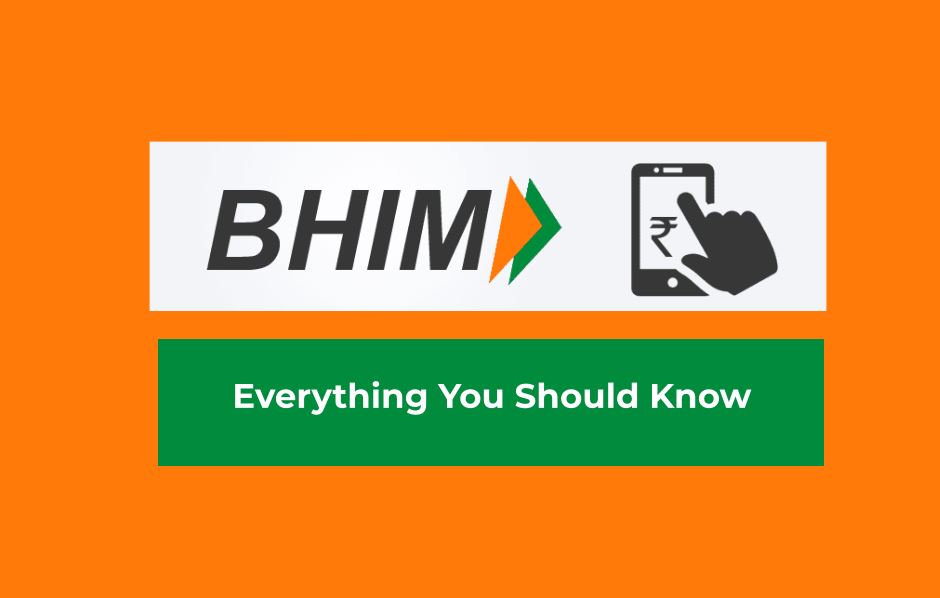If you’re leveraging geocoding and routing in your applications, you’ve probably encountered the frustration of inconsistent results – like when you input a well-known address and receive coordinates that point to the middle of a lake. After helping numerous clients streamline their location-based services, here’s what actually works when utilizing the MapQuest API for geocoding and routing.
Understanding the MapQuest API: A Powerful Tool for Developers
The MapQuest API offers a robust set of tools for developers looking to integrate geocoding and routing features into their applications. With its ability to convert addresses into geographic coordinates and vice versa, along with providing turn-by-turn routing, it’s an essential resource for any developer in the transportation, logistics, or travel industries.
### API Key and Setup
Before diving into the functionalities, obtaining an API key from MapQuest is your first step. This key is a unique identifier that allows access to their services. Here’s how to get started:
1. **Create an Account**: Go to the MapQuest Developer Portal and sign up for a free account.
2. **Generate Your API Key**: Once logged in, navigate to the “My Apps” section and create a new application. This will generate your unique API key.
### Making Your First API Call
Now that you have your API key, it’s time to make your first geocoding request. Here’s how to do it:
“`bash
GET https://www.mapquestapi.com/geocoding/v1/address?key=YOUR_API_KEY&location=1600+Amphitheatre+Parkway,+Mountain+View,+CA
“`
Replace `YOUR_API_KEY` with the actual API key you received. This URL will return a JSON object containing the latitude and longitude of the provided address.
Geocoding with MapQuest API
Geocoding is the process of converting addresses into geographic coordinates. The MapQuest API provides a straightforward endpoint for this purpose.
### Handling Geocoding Requests
Here’s how to handle a geocoding request effectively:
1. **Construct the Request**: As shown above, construct your request URL properly.
2. **Error Handling**: Always check for errors in your response. If the status isn’t `OK`, something went wrong. For instance, a common error is `ZERO_RESULTS`, indicating that the address could not be found.
**Here’s an example of how to implement this in Python:**
“`python
import requests
def geocode_address(address):
api_key = “YOUR_API_KEY”
url = f”https://www.mapquestapi.com/geocoding/v1/address?key={api_key}&location={address}”
response = requests.get(url)
if response.status_code == 200:
data = response.json()
if data[‘info’][‘statuscode’] == 0:
return data[‘results’][0][‘locations’][0][‘latLng’]
else:
print(“Error: “, data[‘info’][‘messages’])
else:
print(“HTTP Error: “, response.status_code)
print(geocode_address(“1600 Amphitheatre Parkway, Mountain View, CA”))
“`
### Tips for Accurate Geocoding
– **Use Full Addresses**: Always provide complete addresses to improve accuracy.
– **Check for Typos**: A single typo can lead to `ZERO_RESULTS`. Validate user input before sending requests.
– **Limit Requests**: Be mindful of the rate limit for your API key. Currently, MapQuest allows 15,000 transactions per month under the free tier.
Routing with MapQuest API
Routing is another crucial capability of the MapQuest API. It allows you to get directions from one location to another, which can be invaluable for applications focused on navigation, delivery, or logistics.
### Creating a Routing Request
To create a routing request, you can use the following endpoint:
“`bash
GET https://www.mapquestapi.com/directions/v2/route?key=YOUR_API_KEY&from=New+York,NY&to=Los+Angeles,CA
“`
### Understanding the Routing Response
When you send a routing request, you’ll receive a detailed response, including turn-by-turn directions, estimated travel time, and distance. Here’s a breakdown of the key components:
– **Distance**: Total distance for the route.
– **Formatted Time**: Estimated travel time in a human-readable format.
– **Legs**: An array containing detailed instructions for each segment of the route.
**Example of handling routing in JavaScript:**
“`javascript
async function getRoute(from, to) {
const apiKey = “YOUR_API_KEY”;
const url = `https://www.mapquestapi.com/directions/v2/route?key=${apiKey}&from=${from}&to=${to}`;
const response = await fetch(url);
if (response.ok) {
const data = await response.json();
if (data.info.statuscode === 0) {
console.log(`Distance: ${data.route.distance} miles`);
console.log(`Time: ${data.route.formattedTime}`);
data.route.leg[0].maneuver.forEach(step => {
console.log(step.narrative);
});
} else {
console.error(“Error: “, data.info.messages);
}
} else {
console.error(“HTTP Error: “, response.status);
}
}
getRoute(“New York, NY”, “Los Angeles, CA”);
“`
### Best Practices for Routing
– **Consider Traffic**: If your application requires real-time routing, consider adding traffic data to your requests using the `options` parameter.
– **Avoid Circular Routes**: Always validate your inputs to prevent requests that could lead to circular routing.
– **Utilize Waypoints**: For complex routes with multiple stops, you can include waypoints in your request.
Common Pitfalls to Avoid with MapQuest API
Navigating the MapQuest API can be straightforward, but there are common pitfalls that can trip you up.
**Never do this with MapQuest API—ignore the rate limits.** Exceeding these limits will not only lead to errors but may also result in temporary access restrictions. Always monitor your usage, and if necessary, consider upgrading your plan.
### Handling Edge Cases
There will be instances where the API does not return expected results. This can happen due to various factors, such as:
– **Ambiguous Addresses**: Addresses that could refer to multiple locations.
– **Service Outages**: Like any online service, the API may experience downtime.
To mitigate these issues, implement fallback mechanisms. For instance, if a geocoding request fails, consider prompting users to input alternative addresses or use a different geocoding service as a backup.
Conclusion: Building Robust Applications with MapQuest API
By integrating the MapQuest API for geocoding and routing, you can significantly enhance the functionality and user experience of your applications. Whether you’re building a delivery service, a travel planner, or a logistics application, these tools give you the power to streamline operations and provide accurate location-based services.
As you embark on your journey with the MapQuest API, keep refining your implementation and learning from real-world usage. This will lead you to a more reliable, efficient, and user-friendly application. Remember, the key to success lies not just in the technology but also in how you choose to implement and adapt it to meet the needs of your users.




